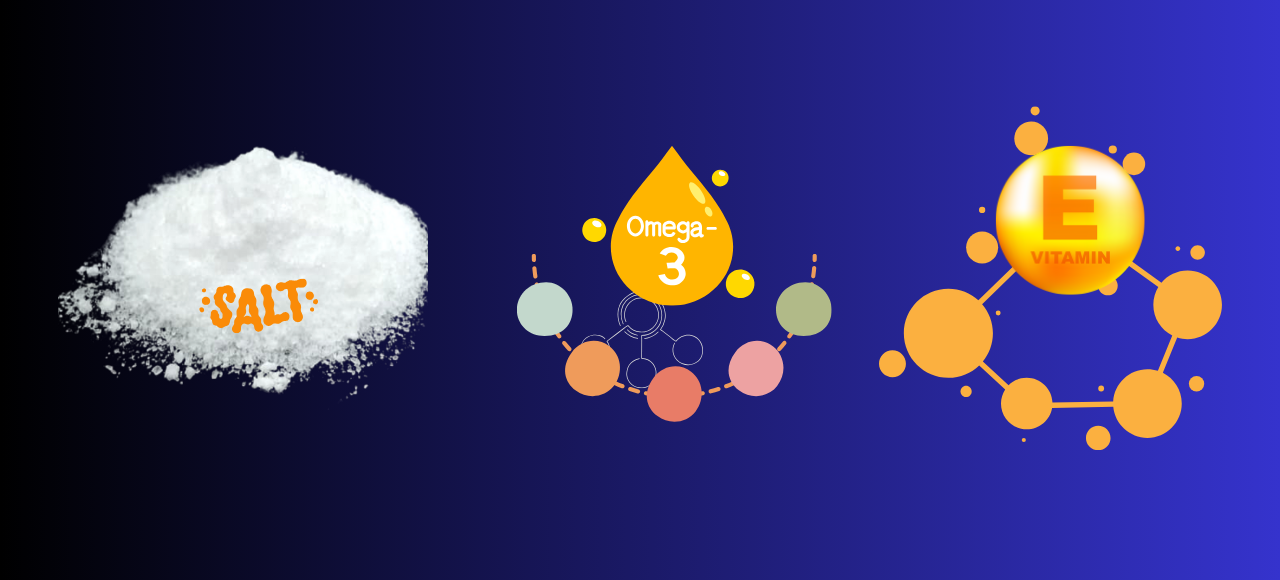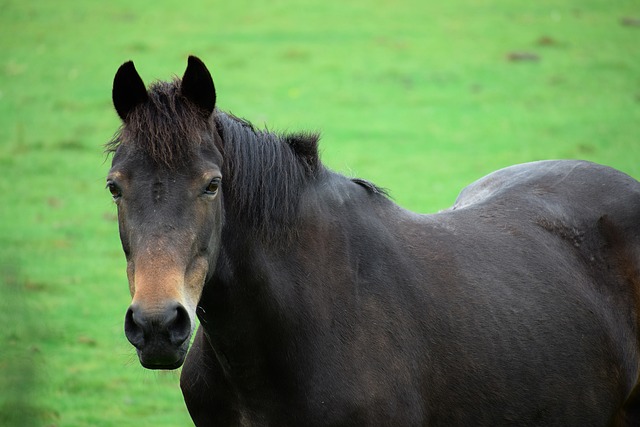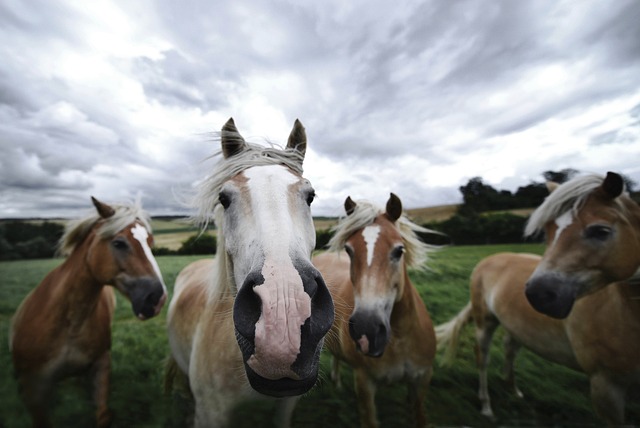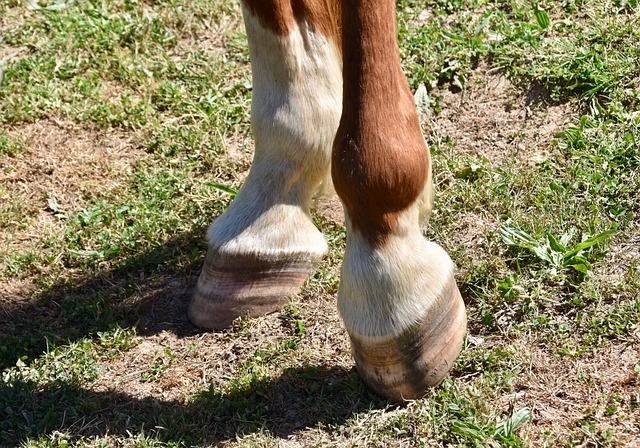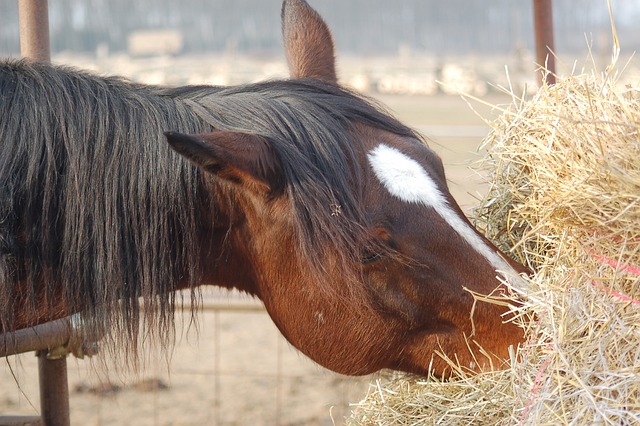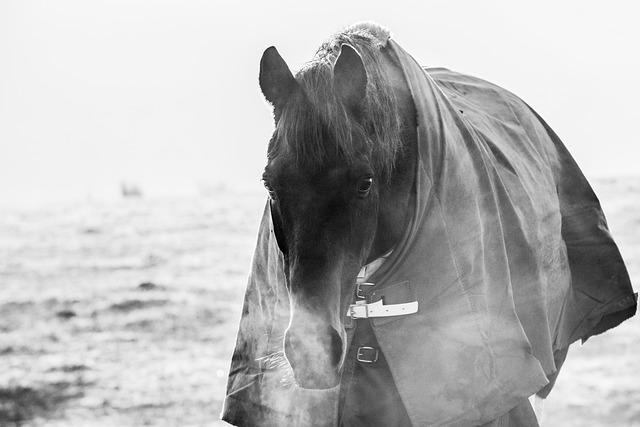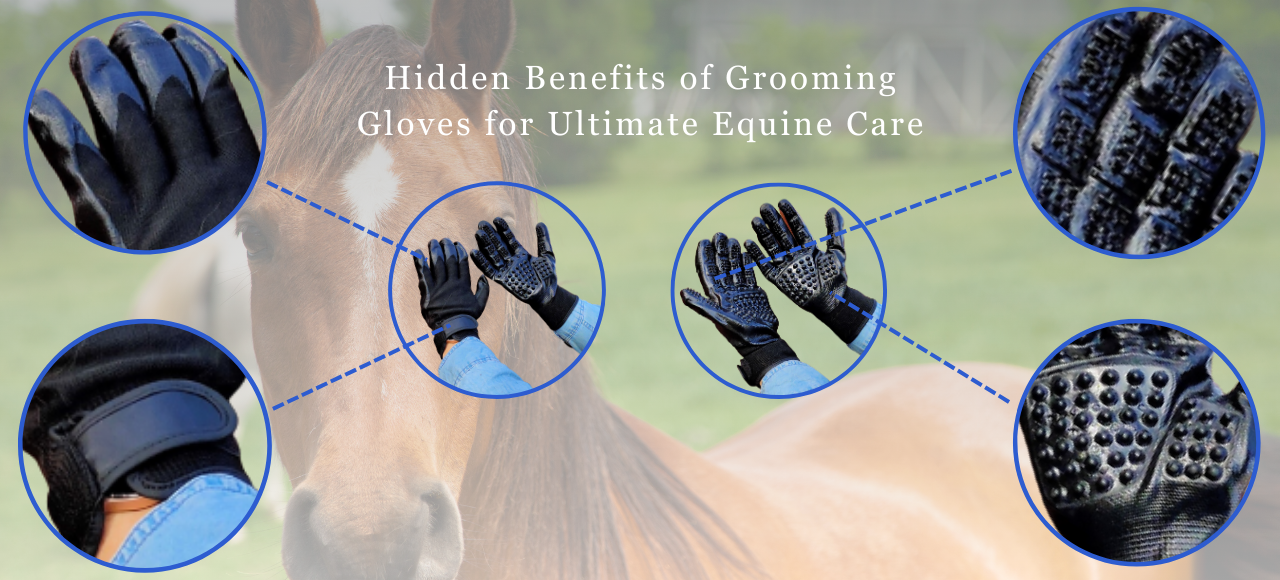
Are you tired of spending hours brushing and grooming your horse, only to find that there are still those pesky loose hairs and dirt particles lurking beneath the surface? Well, it’s time to say goodbye to traditional grooming tools. Welcome to a revolutionary solution: grooming gloves! These gloves make the process easier and more efficient and offer hidden benefits.
-
Enhanced bonding and connection with horses
The gentle massage-like motion creates a sense of relaxation and trust between you and your equine companion. This tactile experience not only relaxes the horse physically but also mentally, fostering a stronger bond.
Furthermore, grooming gloves provide an excellent opportunity for body language communication. As you run your hands over their coat, you’ll become more attuned to subtle changes in their body language. You may notice areas that are particularly sensitive or uncomfortable for them. It will give you invaluable insights into any potential health issues or discomfort they may be experiencing. This allows for targeted care or veterinary attention, ensuring their well-being.
-
Improved circulation and muscle relaxation
The soft rubber nodules on these gloves stimulate blood flow as you gently massage your horse’s coat. This increased circulation provides essential nutrients to the cells. It also helps remove toxins from the body. As a result, your horse’s coat will become shinier and healthier-looking.
Additionally, the gentle pressure applied by grooming gloves can help relax muscles. And can soothe tension, providing a calming effect on your horse. Relaxed muscles help reduce the risk of strains or injuries during physical activities such as riding or training.
-
Easy removal of loose hair and dirt
Grooming gloves lift away loose hair and dirt with just a gentle stroke. The soft rubber nodules on the surface of the glove work like magnets. It attracts all the loose debris with just a gentle swipe. These gloves do not yank or pull at the hair, making them perfect for sensitive areas such as the legs and face. Regular use reduces shedding and ensures thorough cleaning, saving time and energy.
-
Gentle exfoliation for healthier skin
Grooming gloves offer a softer touch. But still effectively removes dirt and dead skin cells from your horse’s coat. This gentle exfoliation not only keeps your horse looking clean and shiny but also promotes healthier skin. Because it improves circulation and allows nutrients to reach their skin more effectively.
Regular use prevents common skin issues like dryness and irritation.
-
Effective massage therapy for horses
Effective massage therapy has many benefits for equine care. It can help relieve tension and soreness in the muscles. It can improve flexibility and range of motion. As well as reduce inflammation and even aid in preventing injuries.
The soft rubber bristles mimic the feeling of human fingers, allowing you to apply just the right amount of pressure while improving blood circulation and promoting muscle relaxation. Not only does this help relieve tension and stress in your horse, but it also provides them with a sense of comfort and well-being.
CONCLUSION
Grooming gloves are an essential part of your tool kit to improve your horse’s health and happiness. It helps in providing gentle, efficient dirt removal. And hidden benefits like improved blood circulation, relaxation, and strengthened bonds.
Recommended product:
https://myhorsesupplies.com.au/product/horse-grooming-gloves/

